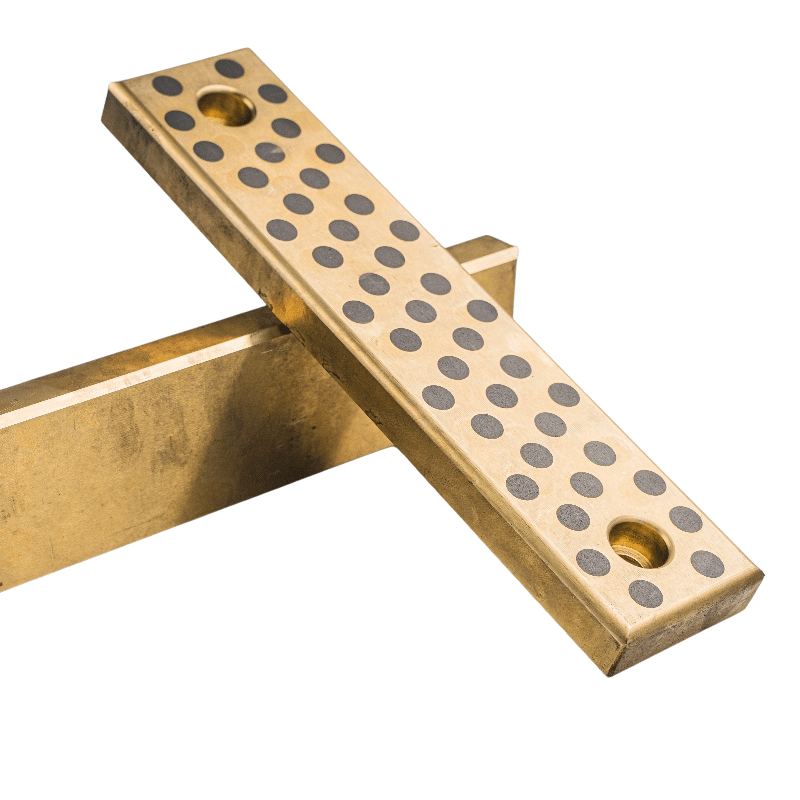Bearing Bronze RG7 Alloys: Characteristics and Selection Guide
Bearing Bronze Solutions – Tailored for Efficiency & Strength

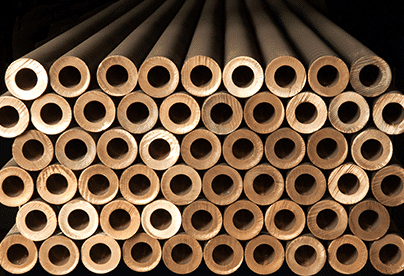
What is a Centrifugal Solid Bronze Bearing?
A centrifugal solid bronze bearing is manufactured using the centrifugal casting process, where molten bronze is poured into a rotating mold. This process ensures that the material is dense, free from impurities, and has a uniform grain structure. The result is a high-quality bearing that can withstand heavy loads and harsh operating conditions.
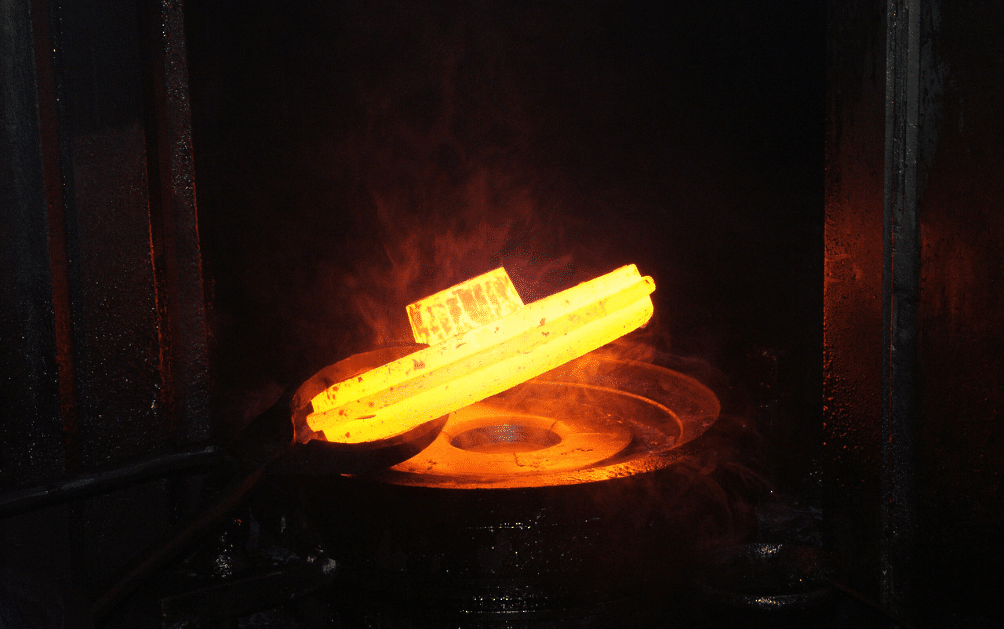
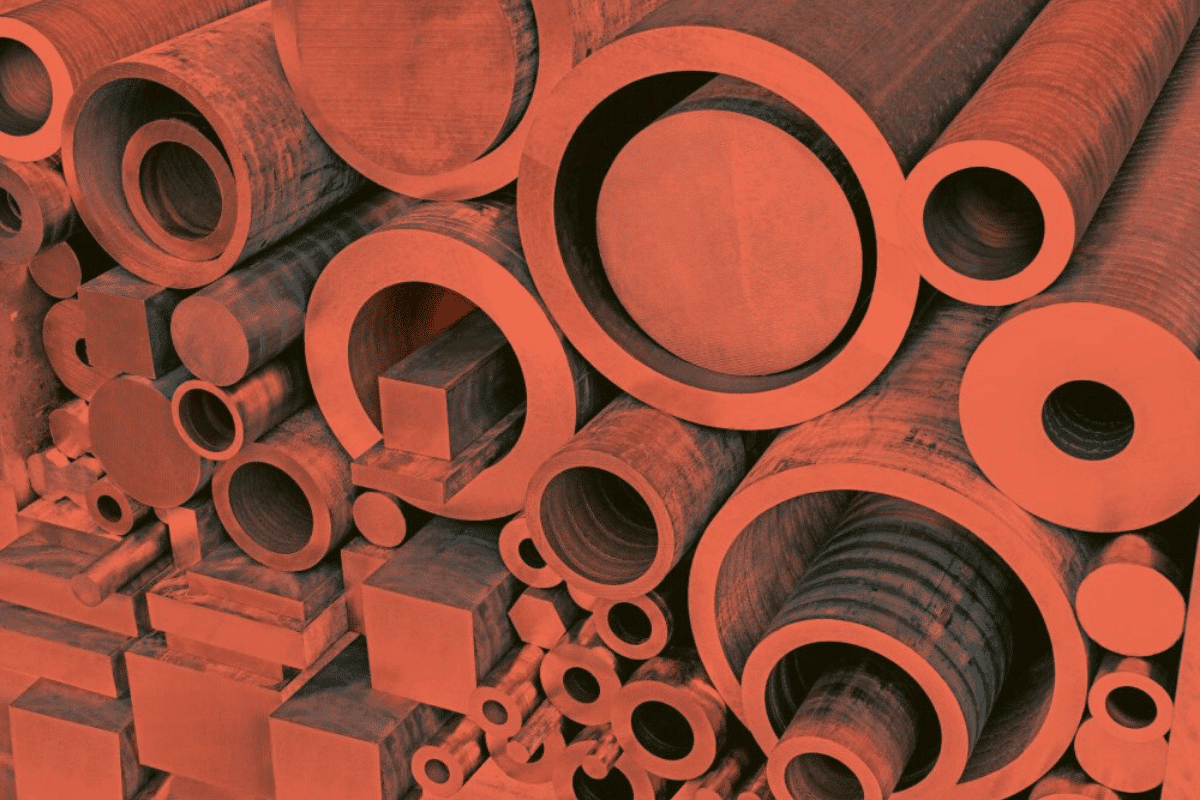
Composition of CuSn7Zn4Pb7 (Rg7)Leaded Tin Bronze
- The CuSn7Zn4Pb7 (Rg7)Leaded Tin Bronze alloy is a specific type of bronze that consists of:
- Copper (Cu): The primary component, providing excellent thermal and electrical conductivity.
- Tin (Sn): Adds strength and corrosion resistance.
- Zinc (Zn): Improves the alloy’s hardness and wear resistance.
- Lead (Pb): Enhances machinability and provides lubrication properties.
This combination of elements makes CuSn7Zn4Pb7 (Rg7)Leaded Tin Bronze bronze an ideal material for bearings, offering a balance of strength, wear resistance, and self-lubricating properties.
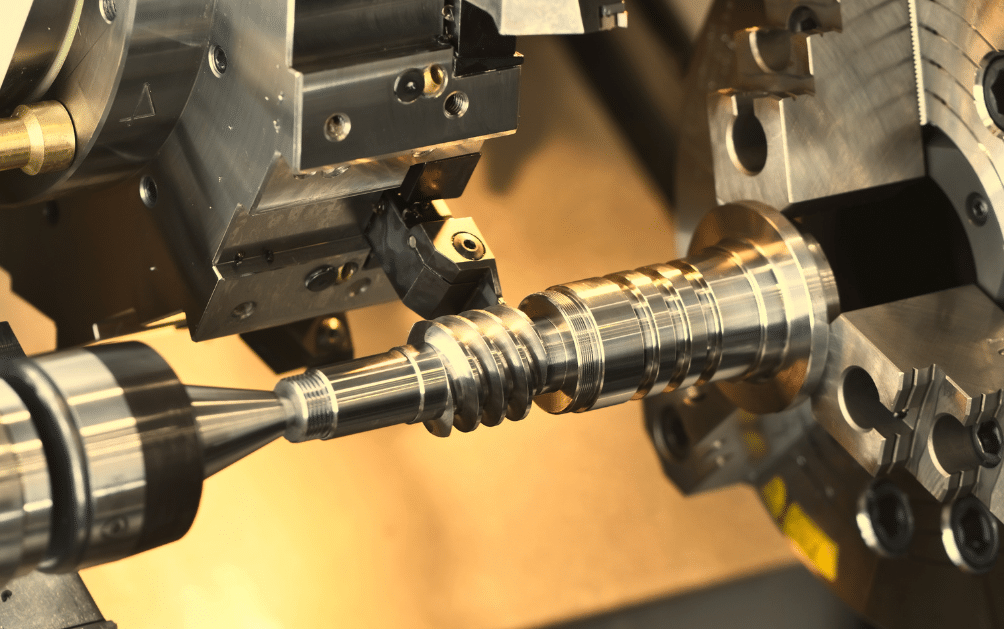
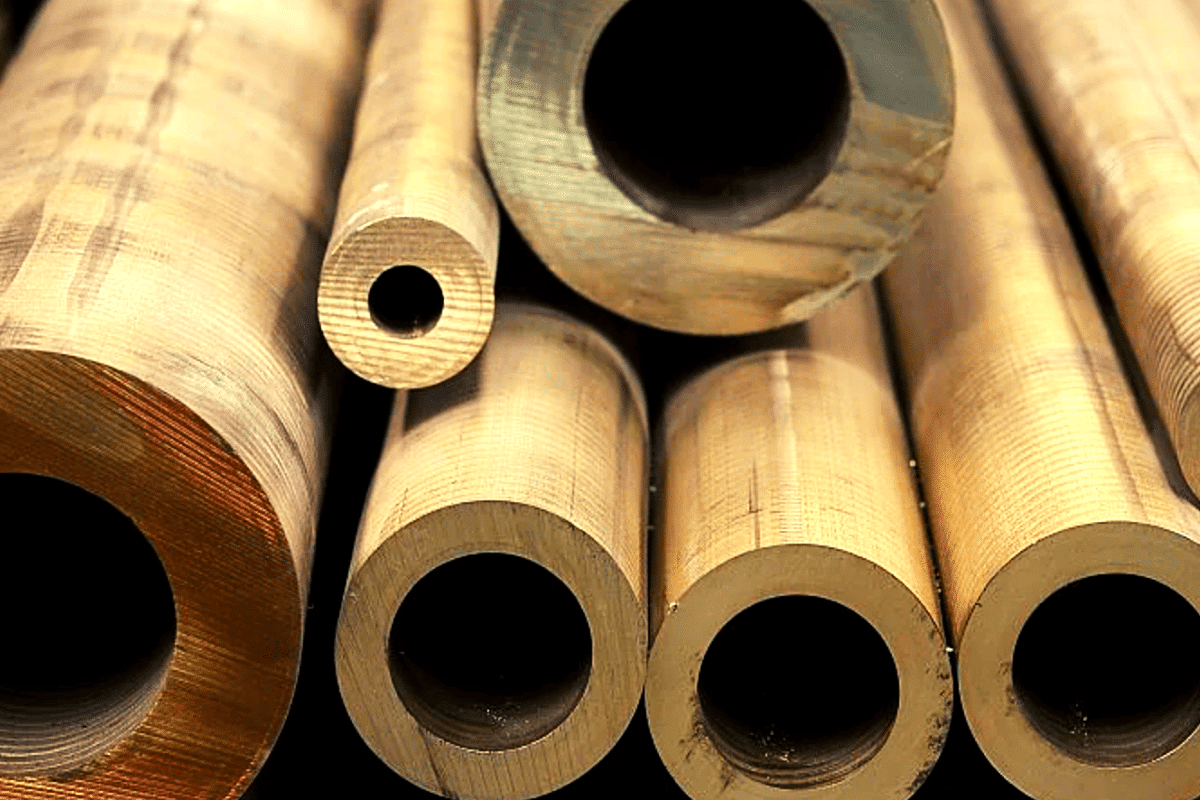
Maintenance and Lubrication
Bearing brass
Bearing brass stands out in the world of special alloys due to its robustness, self-lubricating properties, and ease of machining. These characteristics make it a preferred choice for components that require high durability and minimal maintenance. Whether it’s in automotive, aerospace, or industrial machinery, bearing brass continues to play a critical role in enhancing the performance and reliability of various mechanical systems. Regular maintenance, coupled with an understanding of how to effectively machine this alloy, ensures that bearing brass components can deliver their best performance over their operational lifetime.
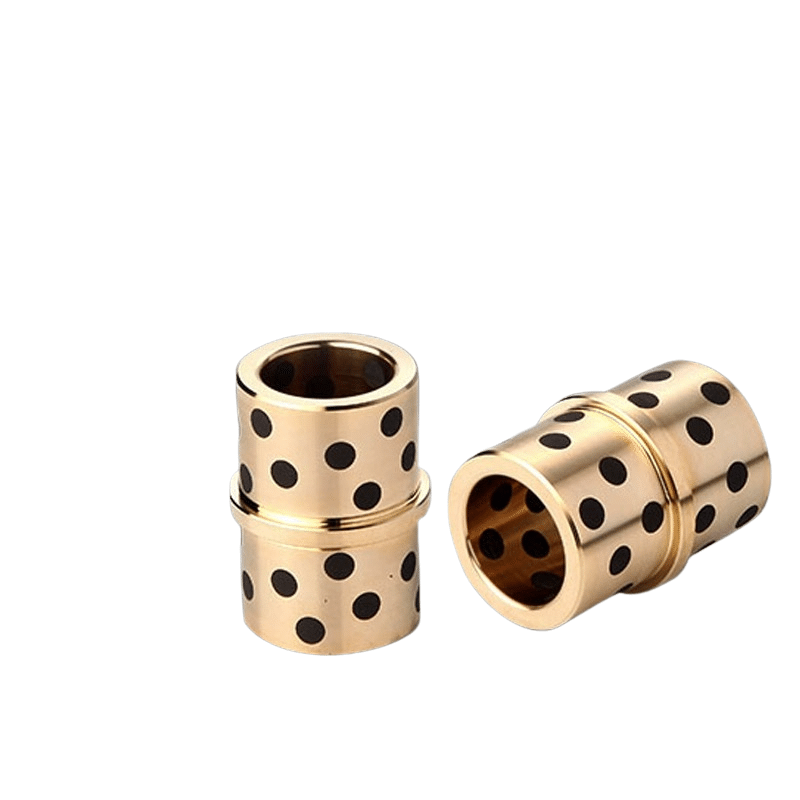
Key Features and Benefits
1. High Load Capacity
The solid bronze structure and the specific alloy composition give these bearings a high load-carrying capacity, making them suitable for heavy-duty applications.
2. Excellent Wear Resistance
CuSn7Zn4Pb7 (Rg7)Leaded Tin Bronze is known for its exceptional wear resistance, which translates to longer service life and reduced maintenance costs.
3. Self-Lubricating Properties
The presence of lead in the alloy provides natural lubricating properties, reducing friction and wear between the bearing and the shaft.
4. Corrosion Resistance
Bronze is inherently resistant to corrosion, which is crucial for bearings operating in harsh environments or exposed to moisture and chemicals.
5. Dimensional Stability
The centrifugal casting process ensures that the bearings have high dimensional accuracy and stability, which is essential for precision applications.
Applications of CuSn7Zn4Pb7 (Rg7)Leaded Tin Bronze Cast Bronze Bushings, Centrifugal solid bronze bearings made from CuSn7Zn4Pb7 (Rg7)Leaded Tin Bronze are used in a wide range of applications, including:
1. Industrial Machinery
These bearings are ideal for use in heavy machinery, such as presses, mills, and construction equipment, where high load capacity and durability are required.
2. Automotive Industry
In the automotive sector, these bearings are used in engines, transmissions, and other critical components, providing reliable performance under varying conditions.
3. Marine Applications
The corrosion resistance of bronze makes these bearings suitable for marine environments, where they are used in ship propellers, rudders, and other underwater components.
4. Agricultural Equipment
Farm machinery often operates in harsh conditions, and these bronze bearings ensure reliable performance and longevity in such demanding environments.


CuSn7Zn4Pb7 (Rg7)Leaded Tin Bronze Maintenance and Care
To maximize the lifespan and performance of centrifugal solid bronze bearings, it is essential to follow proper maintenance practices:
Regular Inspection: Periodically check the bearings for signs of wear, corrosion, or damage.
Lubrication: Although these bearings have self-lubricating properties, additional lubrication may be required in some applications to enhance performance.
Cleanliness: Keep the bearing and surrounding areas clean to prevent contamination and ensure smooth operation.
Centrifugal Solid Bronze Bearing material and Design
About us
Custom Parts Services and Prototyping!
Special Bronze Alloys And Aluminium Bronze Bearing, Search Our Material Alloy
Centrifugal Solid Bronze Bearings Made From CuSn7Zn4Pb7 (Rg7)Leaded Tin Bronze Cast Bronze
Centrifugal solid bronze bearings made from CuSn7Zn4Pb7 (Rg7)Leaded Tin Bronze cast bronze bushing offer a superior combination of strength, durability, and self-lubricating properties. Their versatility makes them an ideal choice for a wide range of industrial, automotive, marine, aerospace, and agricultural applications. By understanding their features and benefits, and following proper maintenance practices, you can ensure these bearings provide reliable performance and longevity in your machinery.
Whether you’re an engineer, a maintenance professional, or an equipment manufacturer, incorporating CuSn7Zn4Pb7 (Rg7)Leaded Tin Bronze cast bronze bushings into your designs can significantly enhance the efficiency and lifespan of your mechanical systems.
Maintenance Free, Bearing Bronze Components
In hac habitasse platea dictumst nam quam nunc, blandit vel, luctus pulvinar.


